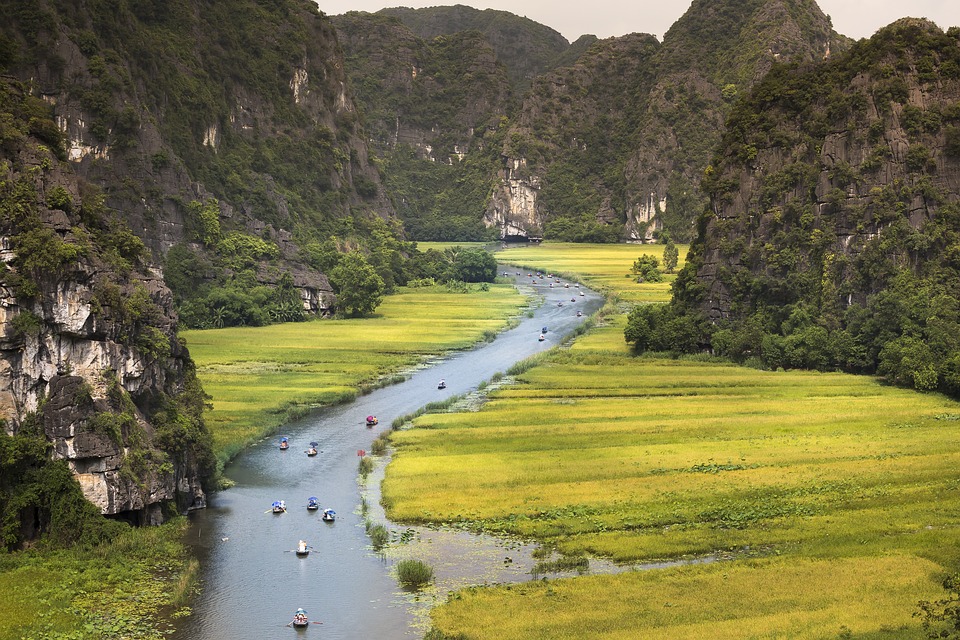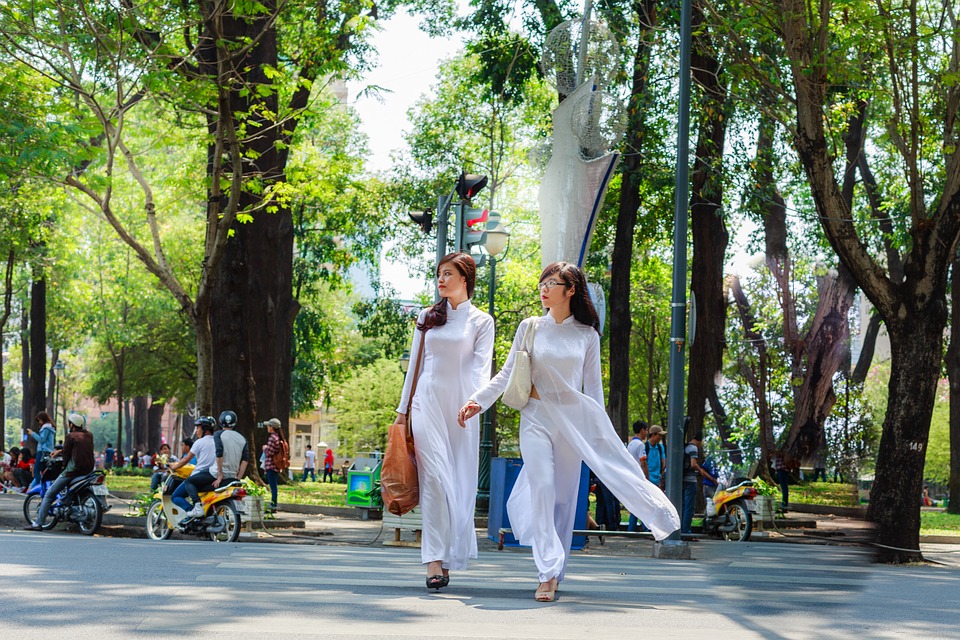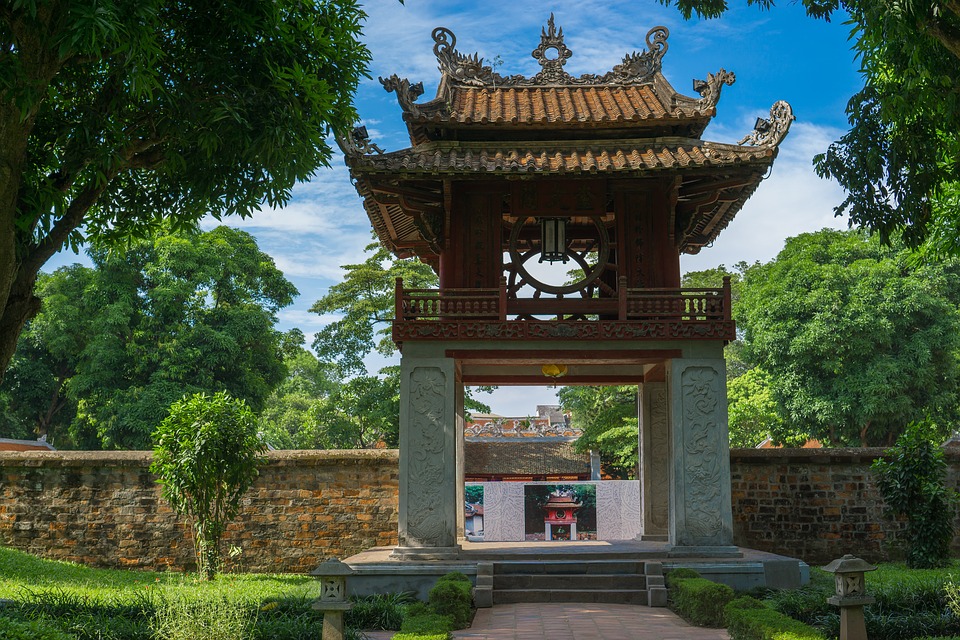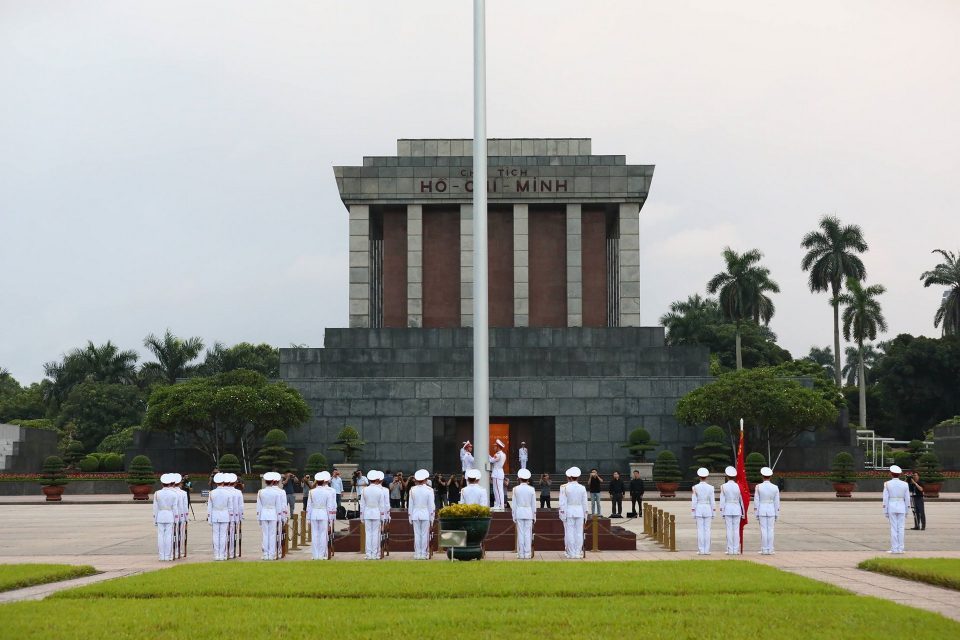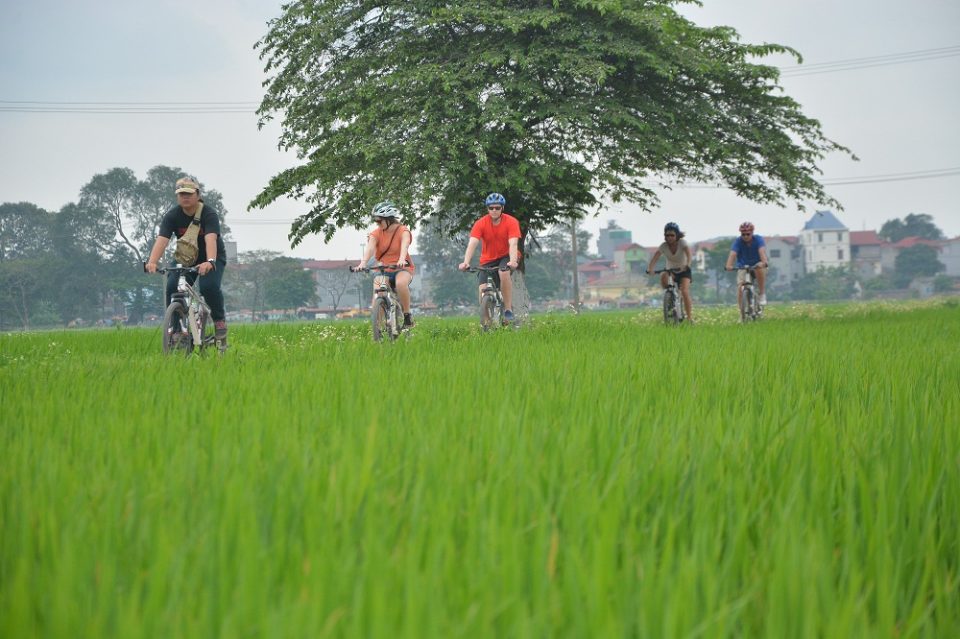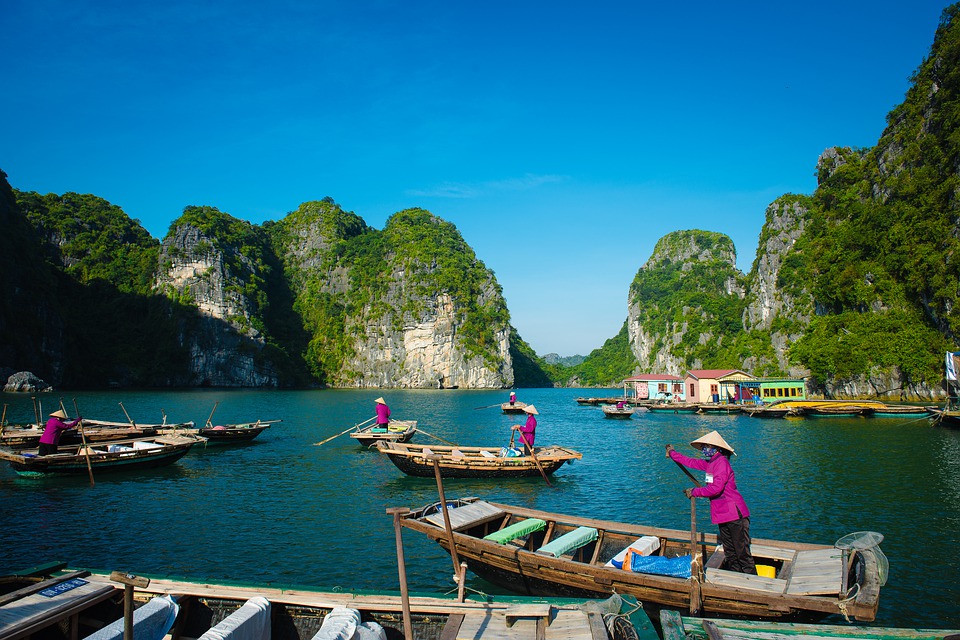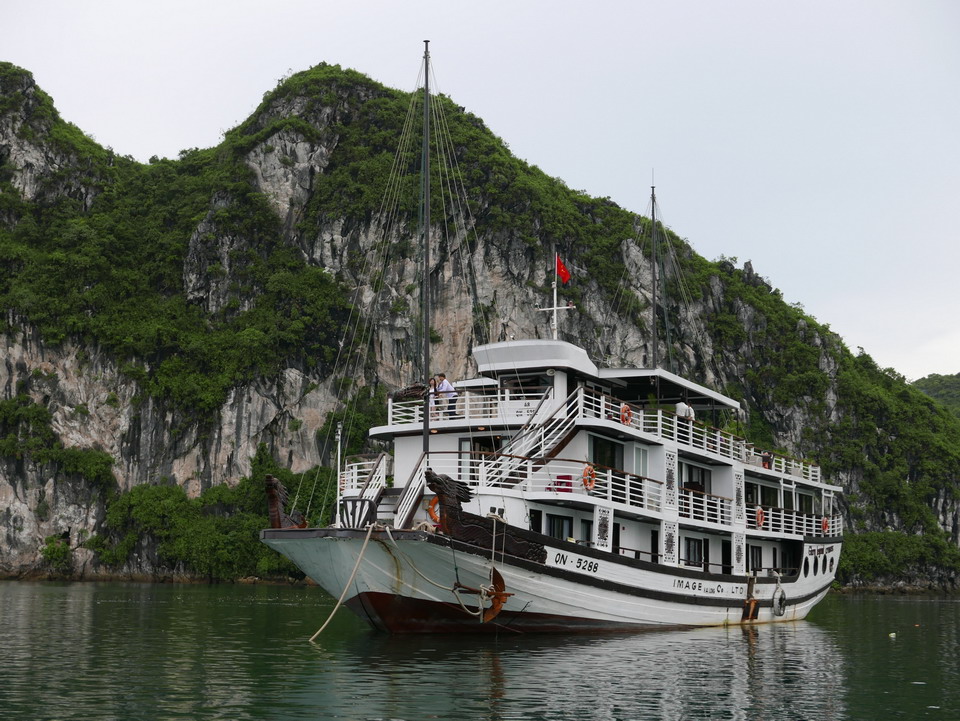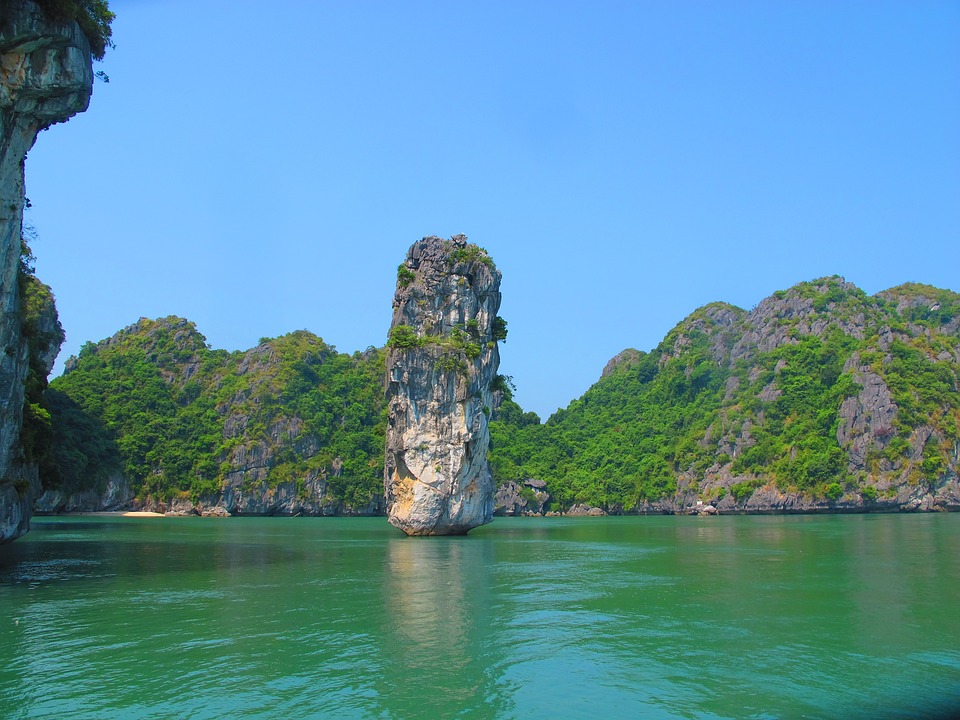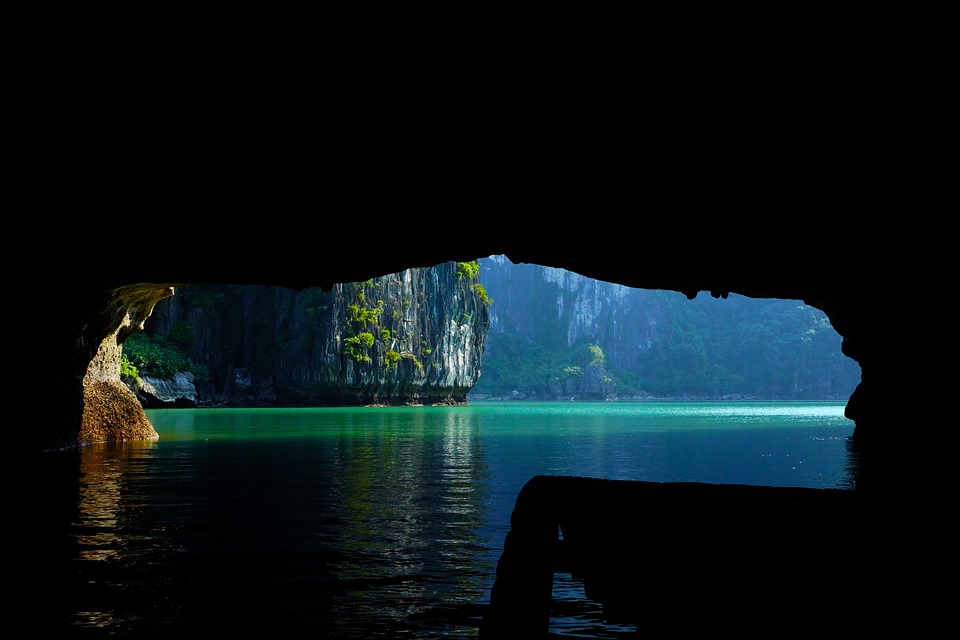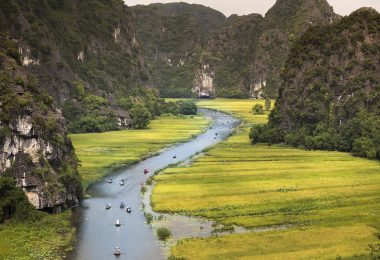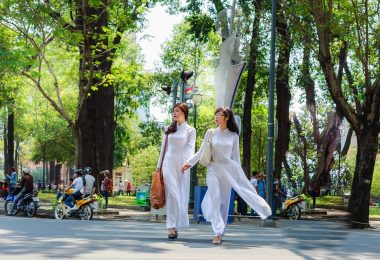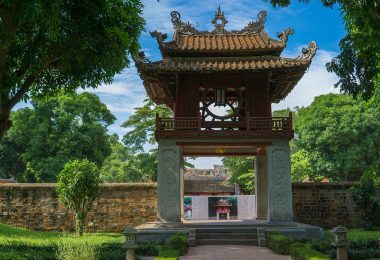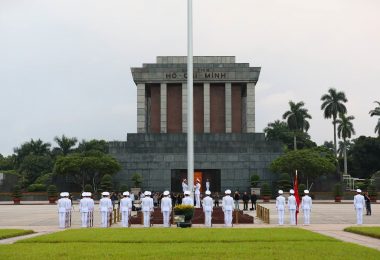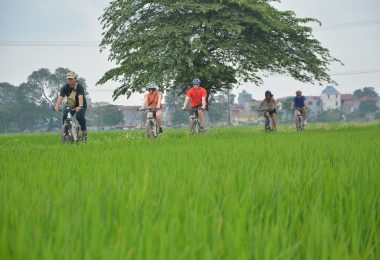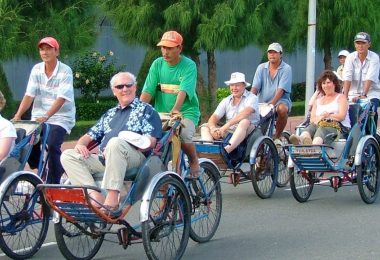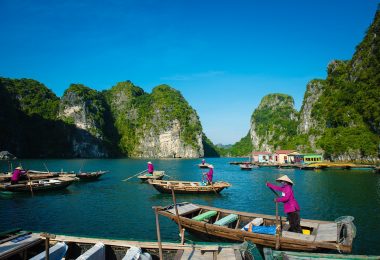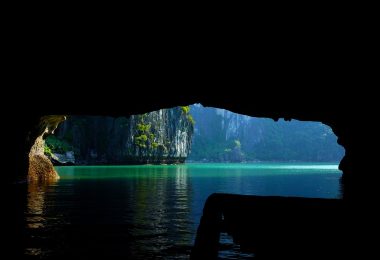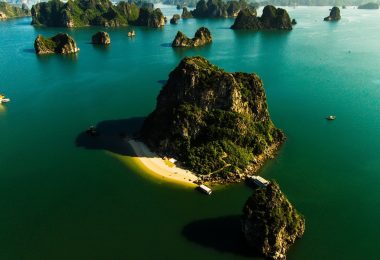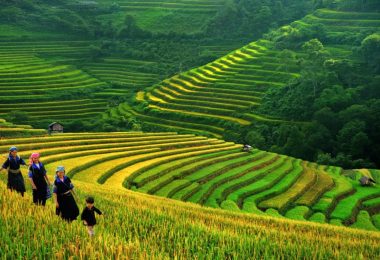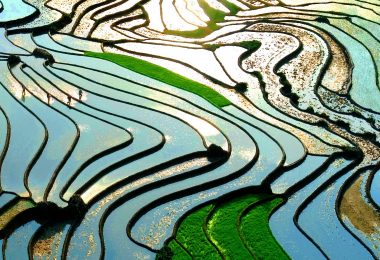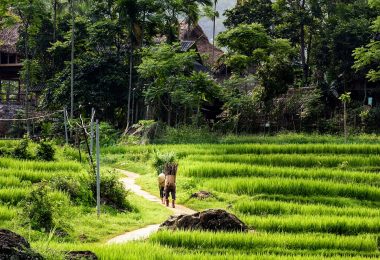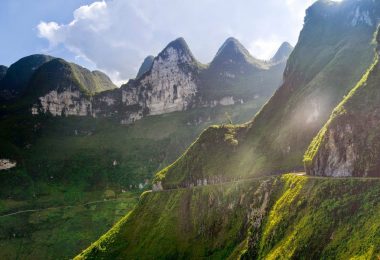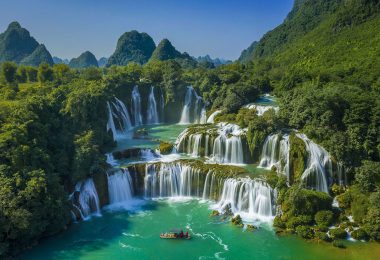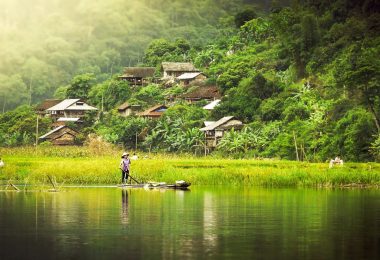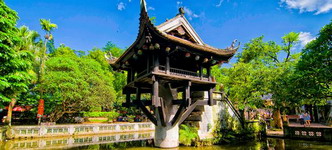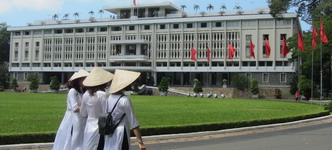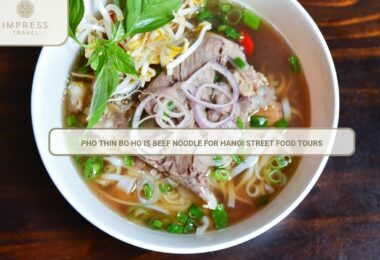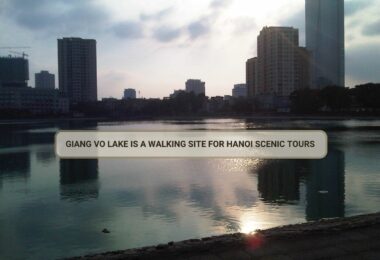Hanoi, the capital of Vietnam with a thousand years of civilization, is home to many famous religious tourist destinations. These works not only attract tourists with their unique architectural beauty but also have profound spiritual meaning. Below is a detailed list of 20 religious tourist destinations in Hanoi.
Famous Temples
One Pillar Pagoda
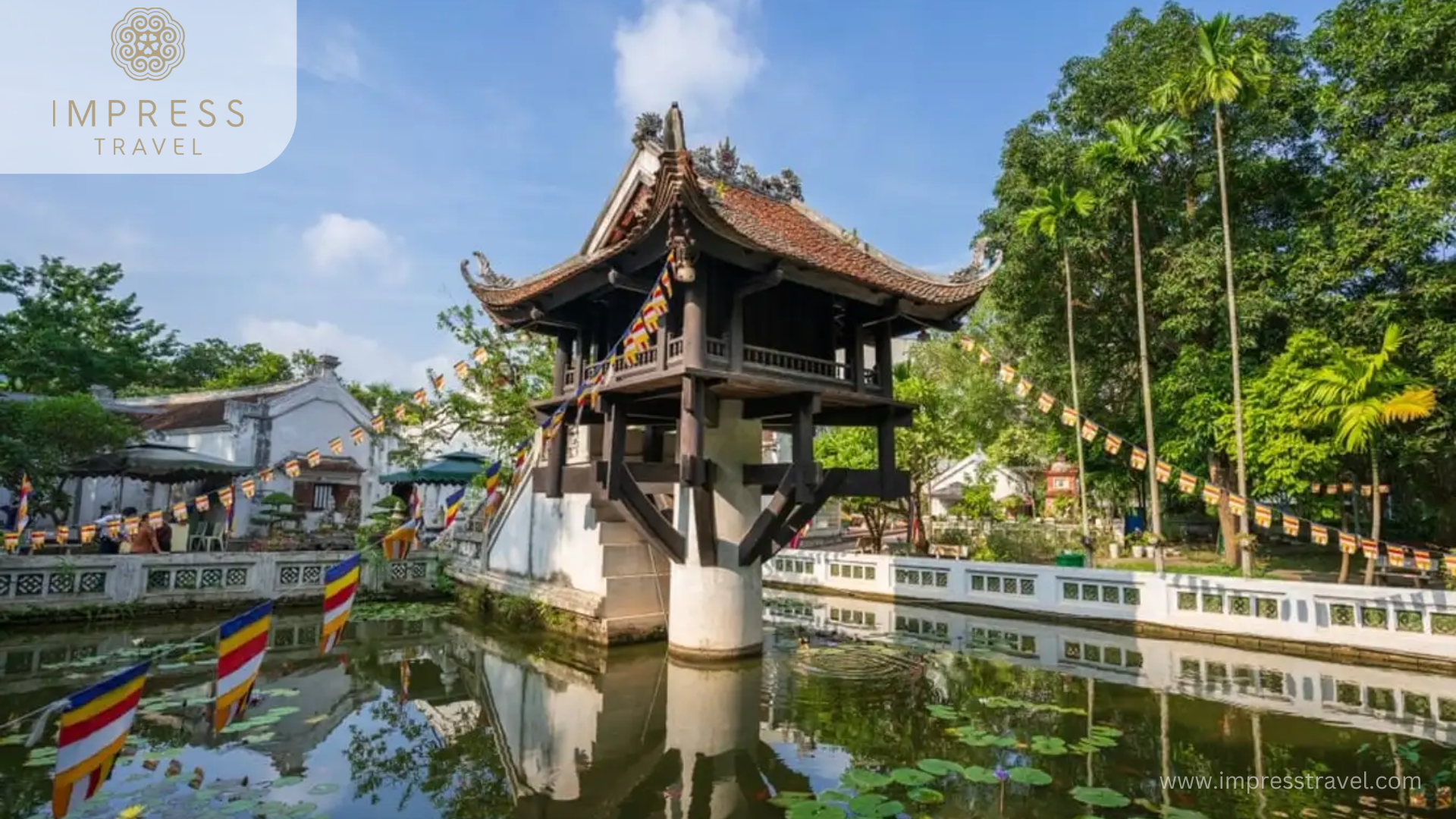
One Pillar Pagoda
History and Architecture: One Pillar Pagoda, or Dien Huu Tu, was built in 1049 during the reign of King Ly Thai Tong. According to legend, King Ly Thai Tong dreamed of Guanyin Buddha sitting on a lotus platform, leading the king up to the platform. To give thanks, the king built a pagoda shaped like a lotus flower blooming on the water, with a unique architecture with only a single stone pillar.
Outstanding features: One Pillar Pagoda is not only a cultural symbol of Hanoi but also an ideal destination for those who want to learn about Buddhist architecture and Vietnamese history.
Tran Quoc Pagoda
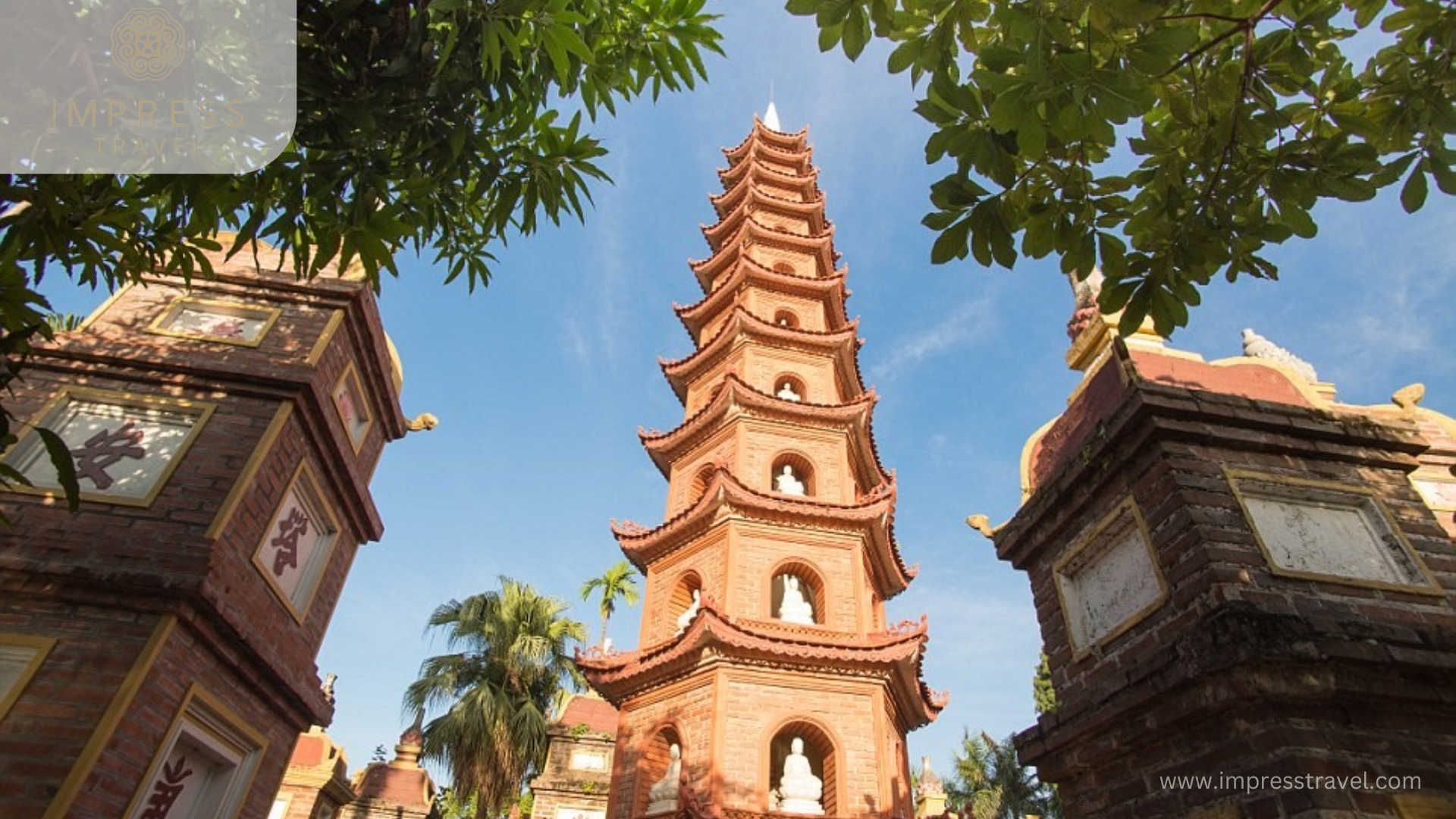
Tran Quoc Pagoda
History and Architecture: Located on the banks of West Lake, Tran Quoc Pagoda was built in the 6th century during the Ly Dynasty. Initially, the pagoda was located at another location and then moved to its current location. The pagoda has ancient and solemn architecture with many towers and Buddha statues.
Outstanding features: Tran Quoc Pagoda is famous for its peaceful beauty and charming scenery. This is the ideal place for visitors to find peace and quiet in the heart of the bustling city.
Quan Su Pagoda

Quan Su Pagoda
History and Architecture: Quan Su Pagoda was built in the 15th century during the Le Dynasty and is the center of Vietnamese Buddhism. This is where the headquarters of the Vietnam Buddhist Sangha are located, and important religious activities regularly take place.
Outstanding features: Quan Su Pagoda has a traditional architecture with many worship spaces and large Buddha statues. This is a familiar destination for Buddhists as well as those who want to learn about Vietnamese culture and religion.
Kim Lien Pagoda
History and Architecture: Kim Lien Pagoda is located on a small peninsula next to West Lake, built during the Ly Dynasty and has been restored many times.
Outstanding features: Kim Lien Pagoda is famous for its architectural beauty and pure space. The pagoda is surrounded by green trees and the peaceful water of West Lake.
Lang Pagoda
History and Architecture: Lang Pagoda, or Chieu Thien Tu, located in Dong Da district, was built in the 12th century. The pagoda worships Zen Master Tu Dao Hanh, a famous historical figure in Vietnamese Buddhism.
Outstanding features: Lang Pagoda has a large, peaceful space surrounded by many ancient trees. The pagoda often organizes major festivals on the full moon day of January, attracting a large number of Buddhists and tourists who want to learn about religious features.
Boc Pagoda
History and Architecture: Boc Pagoda, or Sung Phuc Tu, located in Dong Da district, was built in the 18th century and is related to the Tay Son uprising. The pagoda is a place to commemorate the soldiers who died in the historic Dong Da battle.
Outstanding features: Boc Pagoda has a traditional architecture with many worship spaces and large Buddha statues. This is where visitors can learn about the nation’s heroic history as well as unique religious elements and feel the purity and peace.
Sacred Temples
Ngoc Son Temple
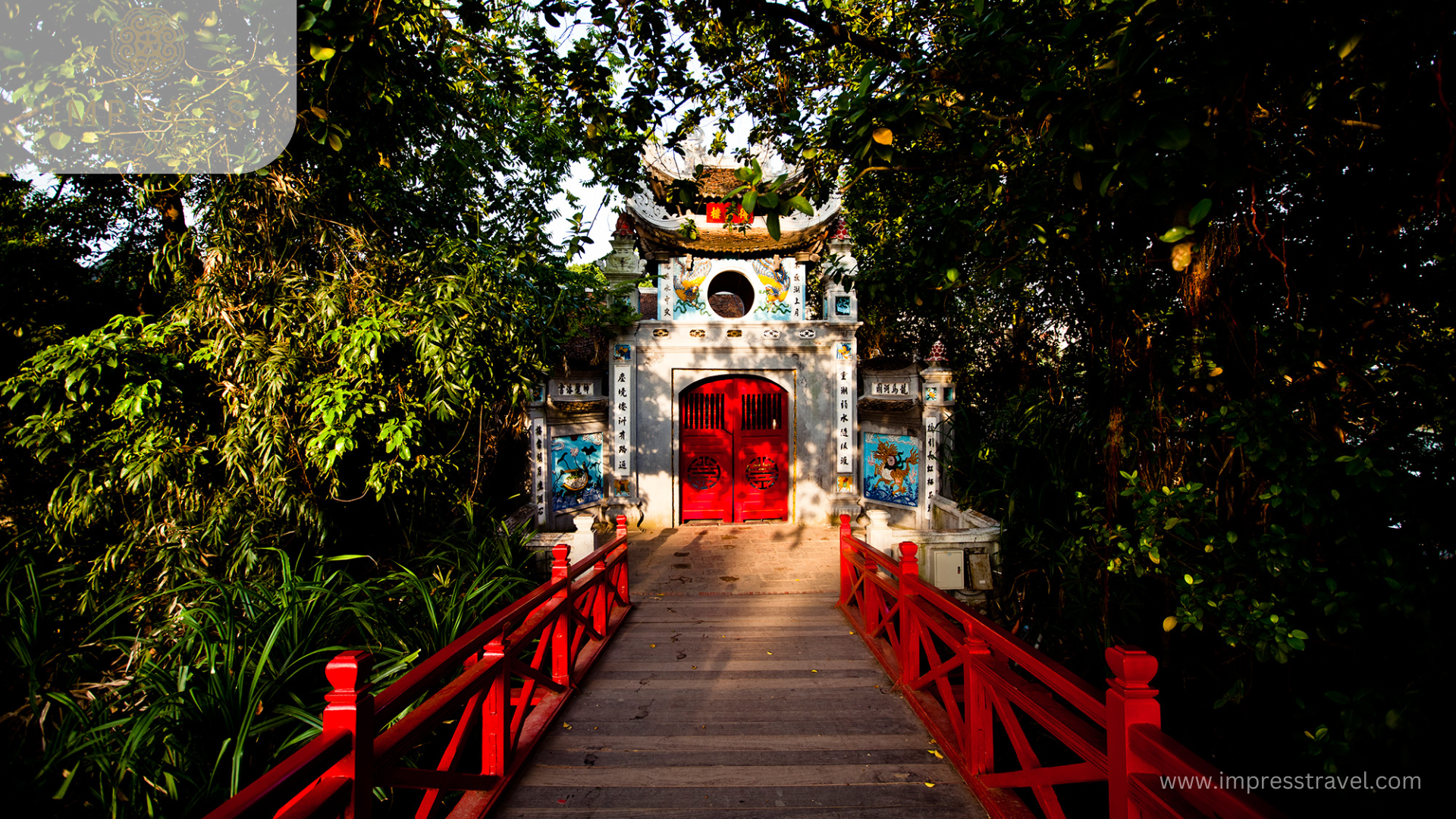
Ngoc Son Temple
History and Architecture: Ngoc Son Temple is located on Ngoc Island in Hoan Kiem Lake, built in the 18th century. The temple worships national heroes such as Tran Hung Dao and Van Xuong De Quan, the god of learning and literature.
Outstanding features: Ngoc Son Temple stands out with the bright red Huc Bridge, a symbol of stability and longevity. This is an ideal place for visitors to pray for their education and career while discovering the cultural, historical, and religious values of the nation.
Quan Thanh Temple
History and Architecture: Quan Thanh Temple, located north of West Lake, is one of the four sacred temples of ancient Thang Long. Temple of Huyen Thien Tran Vu, a god protecting the North of Thang Long citadel.
Outstanding features: The temple’s architecture bears the artistic style of the Ly-Tran dynasties, with many exquisite sculptures. Quan Thanh Temple is famous for its black bronze statue of Huyen Thien Tran Vu, 3.96 meters high, weighing about 4 tons, cast in 1677.
Bach Ma Temple
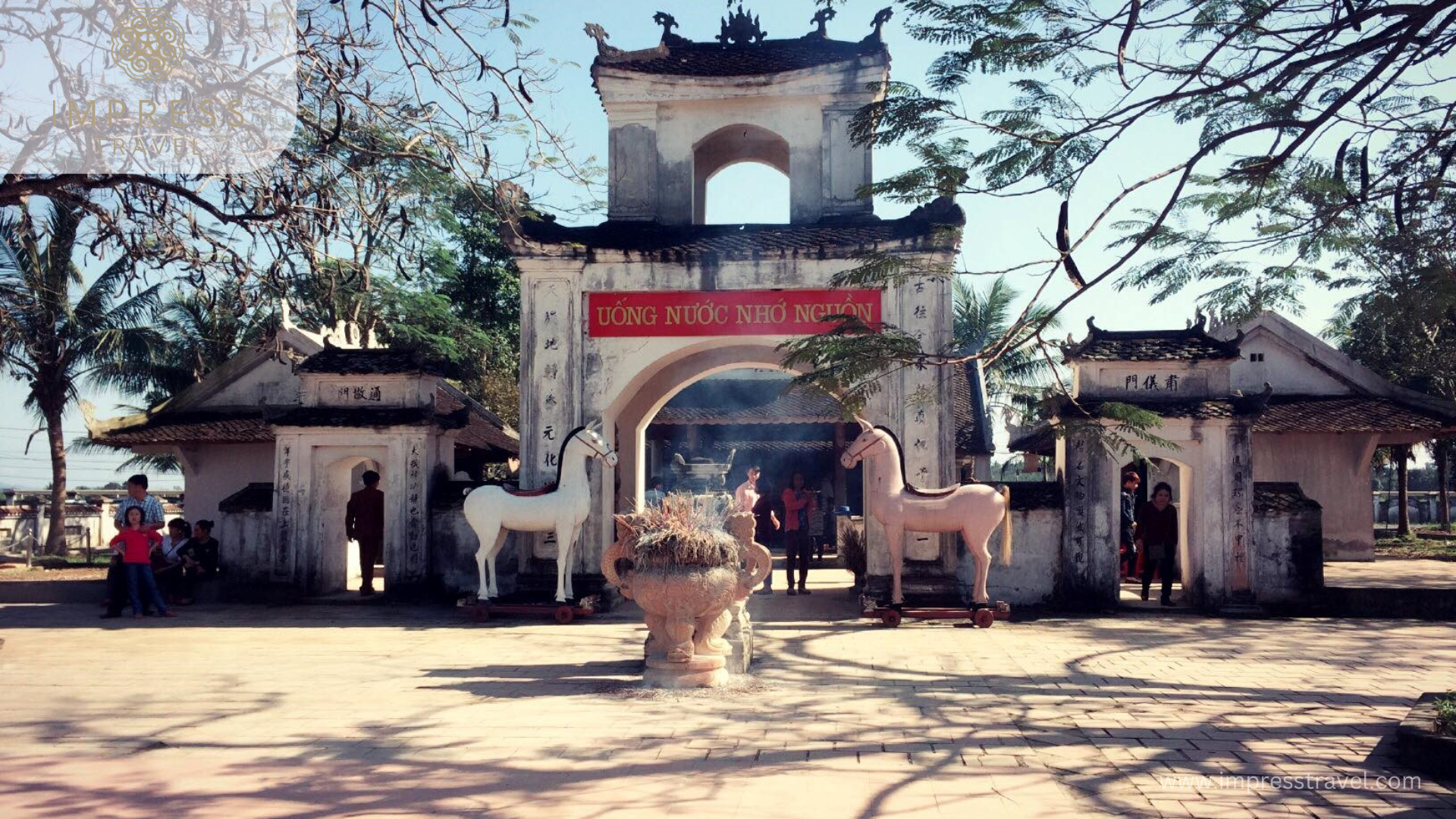
Bach Ma Temple
History and Architecture: Bach Ma Temple, located on Hang Buom Street, Hoan Kiem District, is one of the “Four Towns" of Thang Long, worshipping the god Long Do, the protector of the capital.
Outstanding features: Bach Ma Temple stands out with its ancient architecture and precious historical artefacts. The temple also holds traditional festivals, especially in the second lunar month.
Voi Phuc Temple
History and Architecture: Voi Phuc Temple is located in the Thu Le Park area, built during the reign of King Ly Thai Tong in the 11th century. The temple worships Linh Lang Dai Vuong, a national hero and protector of Thang Long.
Outstanding features: The temple stands out with two elephant statues kneeling in front of the temple door, creating majesty and sacredness. The temple architecture combines sophisticated carvings and the open space of the park.
Important Churches

Important Churches
Hanoi Cathedral
History and Architecture: Hanoi Cathedral, or St. Joseph’s Cathedral, was built in the late 19th century during the French colonial period. With typical Gothic architecture, the church has two tall bell towers and exquisite stained glass windows.
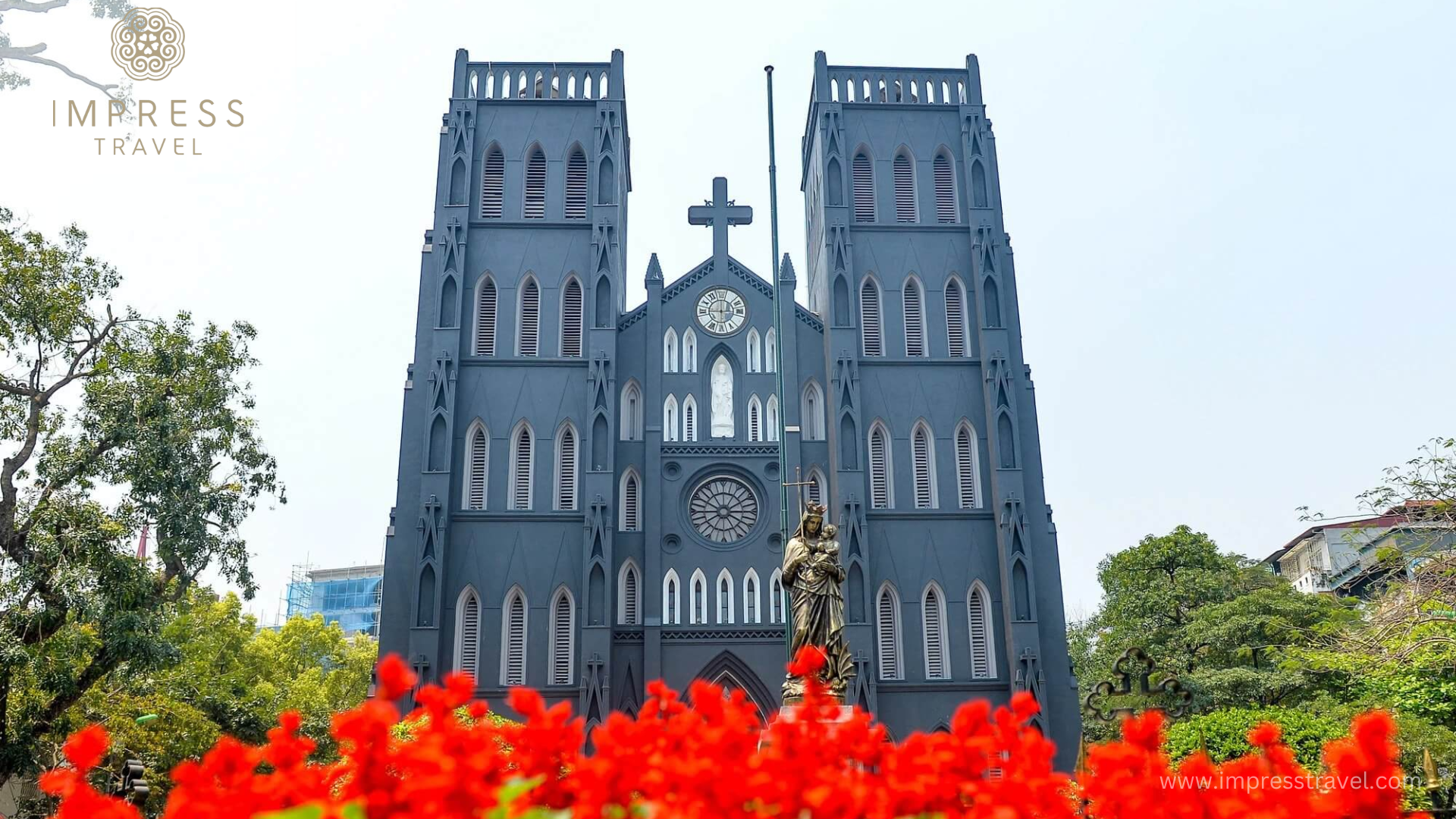
Hanoi Cathedral
Outstanding features: Hanoi Cathedral is not only an important religious center but also a favorite photography location for tourists. Many ceremonies and cultural events take place here, especially at Christmas and Easter.
Cua Bac Church
History and Architecture: Cua Bac Church, or Queen of Martyrs Church, was built in the 1930s by French architect Ernest Hébrard. The church’s architecture is a combination of Indochina style and Roman architecture.
Outstanding features: Cua Bac Church has unique architecture, harmonious between Western and Eastern cultures. The church is located near the Thang Long Imperial Citadel, where many important religious and cultural activities take place.
Ham Long Church
History and Architecture: Ham Long Church, or St. Anthony’s Church, was built in 1934. The church’s architecture is Roman style, with soft lines and sophisticated patterns.
Outstanding features: Ham Long Church is one of the most beautiful and famous churches in Hanoi. This place regularly holds religious festivals, attracting many believers and tourists.
Other Religious Sites
Huong Pagoda
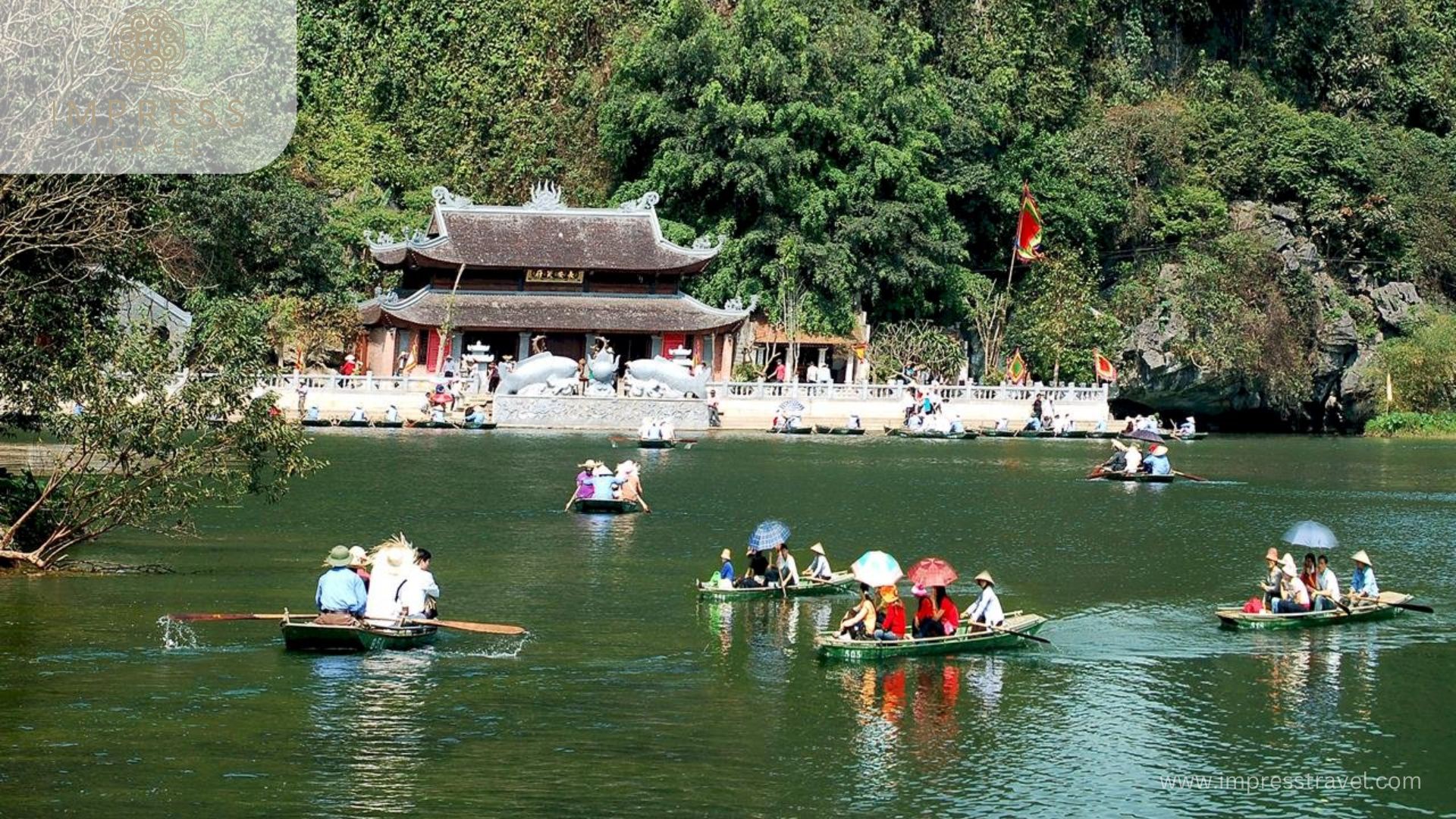
Huong Pagoda
History and Architecture: Huong Pagoda is located in My Duc district, about 60 km from the center of Hanoi, and was built in the 15th century. This is a famous complex of pagodas, temples and caves.
Outstanding features: Huong Pagoda is an important spiritual destination, where the largest Huong Pagoda festival takes place at the beginning of the year. Tourists often come here to make pilgrimages and admire the religious natural scenery.
Thay Pagoda
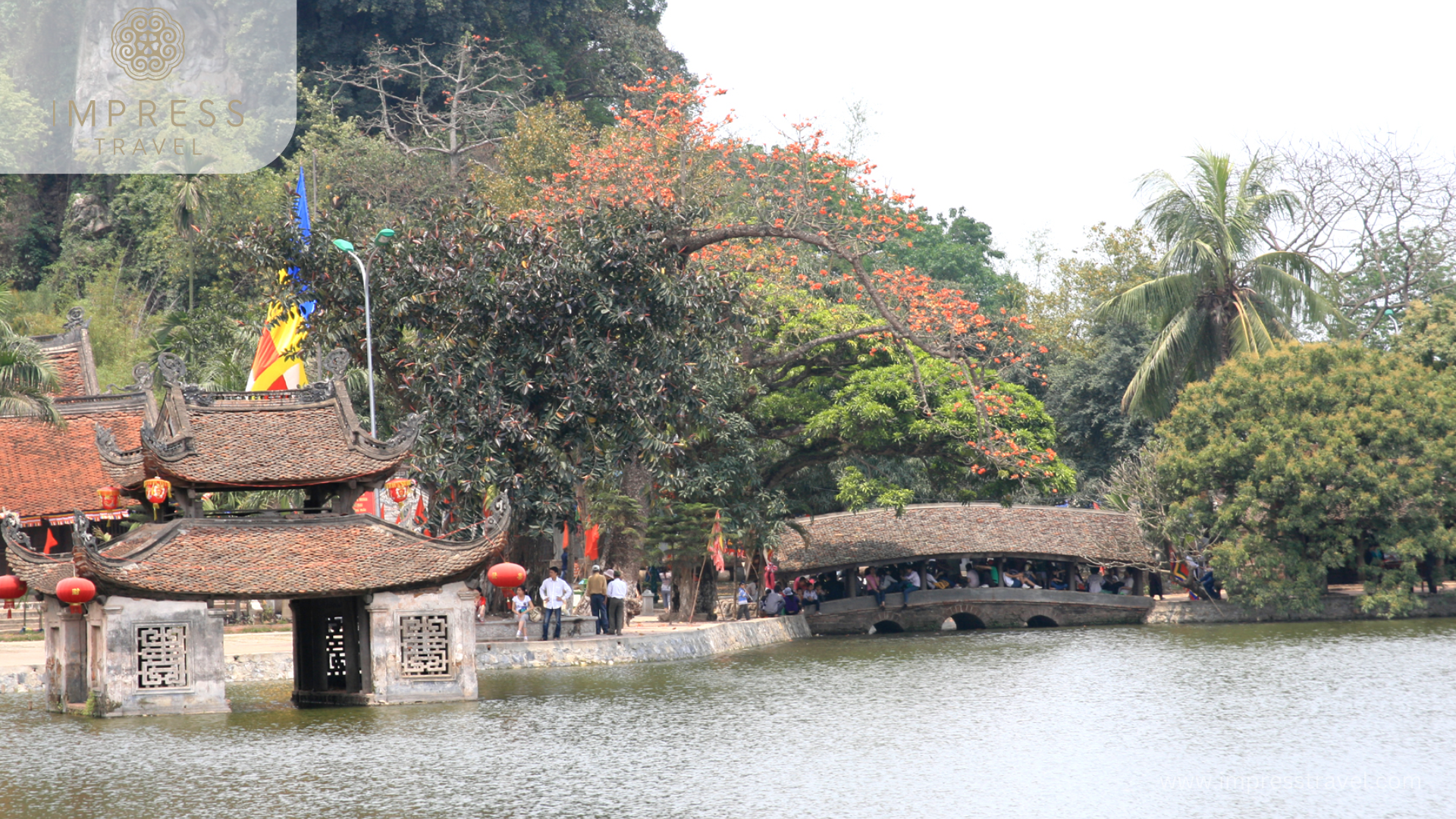
Thay Pagoda
History and Architecture: Thay Pagoda is located in Quoc Oai district, about 20 km from Hanoi center. The pagoda was built in the 11th century and is the practice place of Zen Master Tu Dao Hanh.
Outstanding features: Thay Pagoda is famous for its ancient architecture and beautiful natural landscape. The pagoda also has a clear blue lake and the legendary Nhat Tan Bridge.
Phap Van Pagoda
History and Architecture: Phap Van Pagoda is located in Thuong Tin district, about 30 km from Hanoi center. The pagoda was built during the Ly Dynasty and is one of the oldest pagodas in Vietnam.
Outstanding features: Phap Van Pagoda has a traditional architecture with many exquisite stone sculptures. This is where many important religious festivals are held, attracting a large number of Buddhists and tourists.
Tram Gian Pagoda
History and Architecture: Tram Gian Pagoda is located in Chuong My district, about 20 km from Hanoi center. The pagoda was built in the 12th century and has unique architecture with 100 altars.
Outstanding features: Tram Gian Pagoda stands out with its large Buddha statues and peaceful natural landscape. This is where visitors can find quiet and serenity.
Ba Da Pagoda
History and Architecture: Ba Da Pagoda, or Linh Quang Tu, is located on Nha Tho Street, Hoan Kiem District. The pagoda was built in the 15th century and is related to many folk legends.
Outstanding features: Ba Da Pagoda has ancient architecture with many Buddha statues and precious historical artefacts. The pagoda is also the place where many important religious activities and festivals take place.
Tay Ho Palace
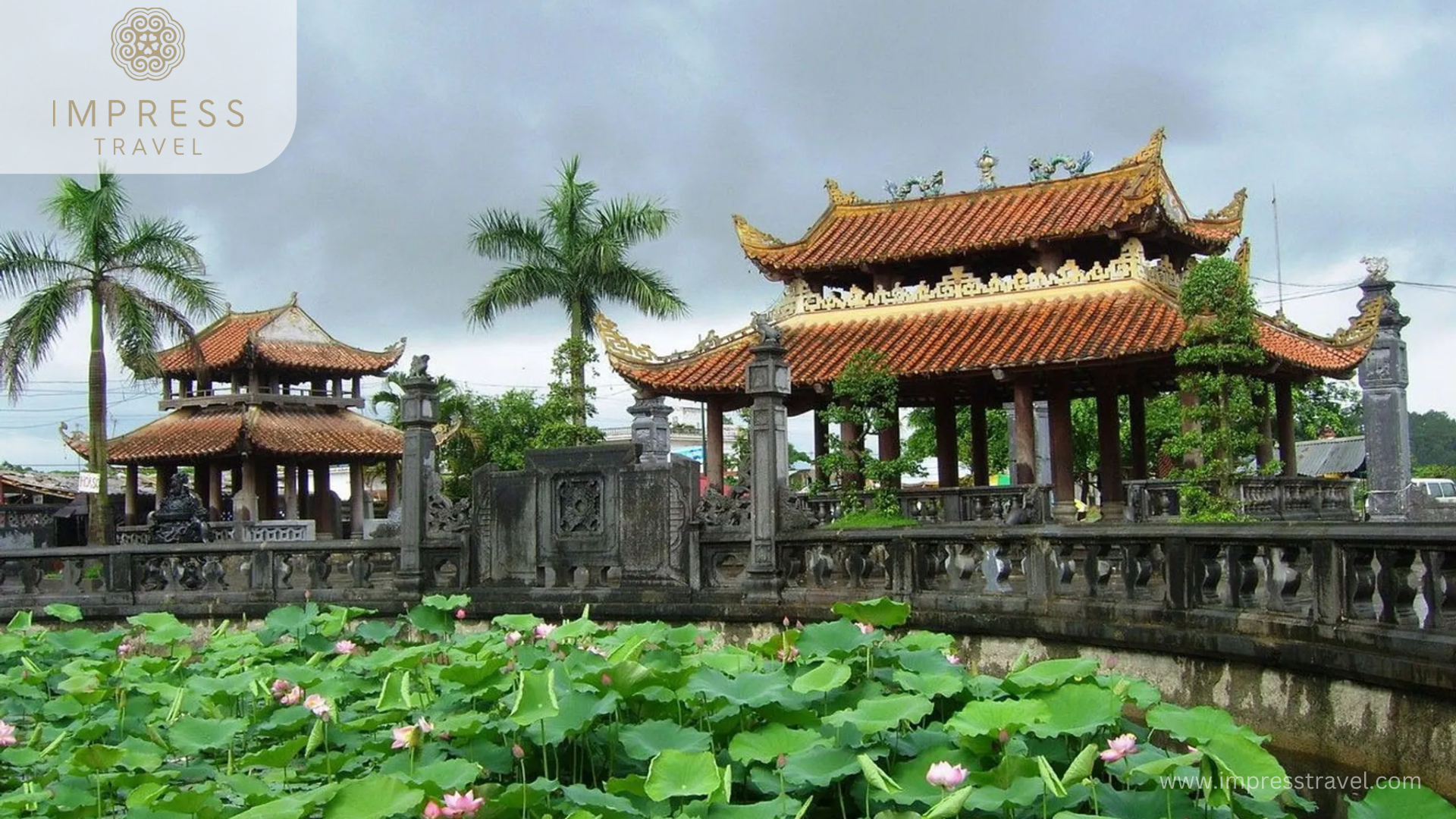
Tay Ho Palace
History and Architecture: Tay Ho Palace is located on the large peninsula of West Lake, worshipping Princess Lieu Hanh, one of the Four Immortals of Vietnamese folk beliefs. Tay Ho Palace was built during the Le Dynasty and has been renovated many times.
Outstanding features: Tay Ho Palace is famous for its natural beauty and peaceful spiritual space. Hanoi people often come here to pray for fortune and peace at the beginning of each year.
Conclusion
Religious tourist destinations in Hanoi are not only unique architectural works but also carry profound spiritual, cultural and historical values. Each location tells a unique story, reflecting a part of the soul of the Vietnamese people. Visiting these locations not only helps visitors admire the beauty of religious architecture and landscape but also brings rich and profound spiritual and cultural experiences.
Do not forget to regularly follow our Facebook page and Website for more interesting information about traveling and booking Hanoi religious tours at the best prices.









































